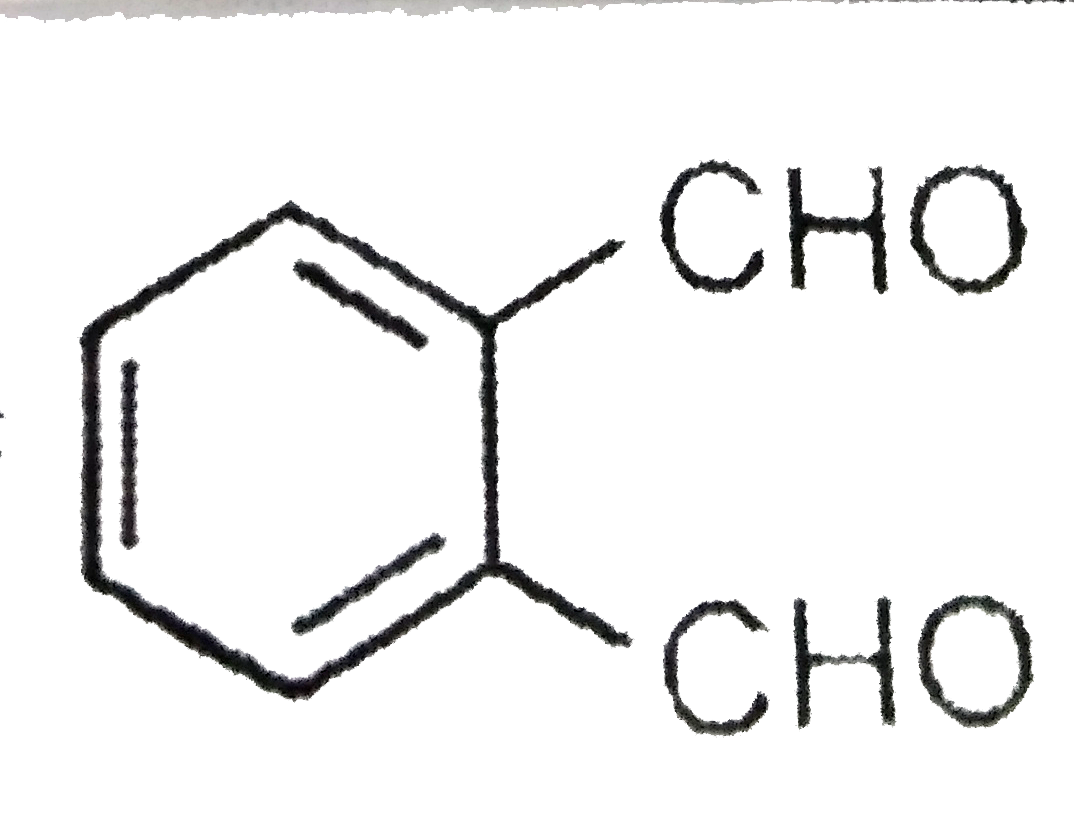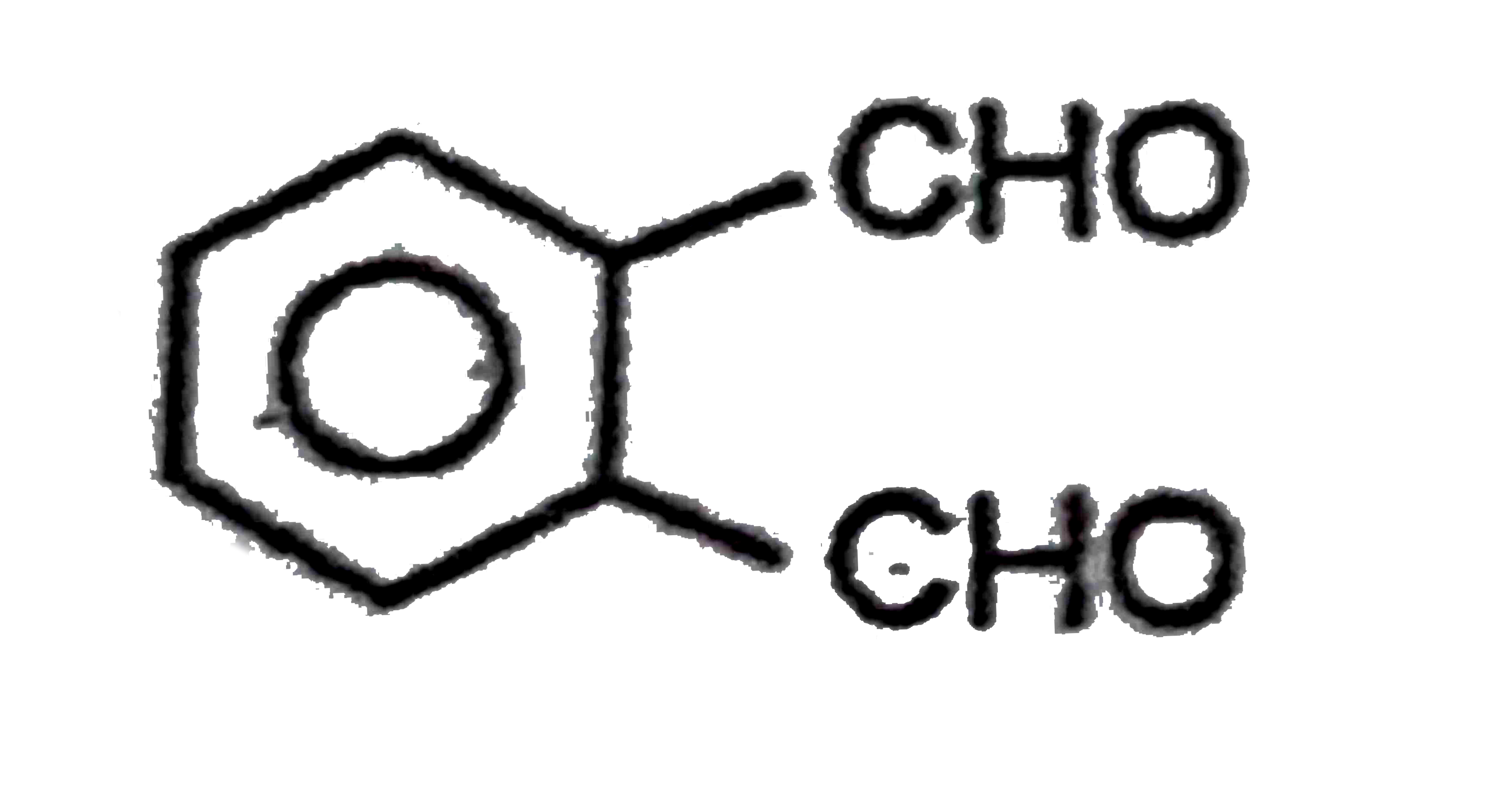Treatment of phenol with bromine dissolved in gives :
A mixture of o-bromophenol and p-bromophenol
A precipitate of tribromophenol
No new product
Mainly m-bromophenol
To solve the question regarding the treatment of phenol with bromine dissolved in carbon tetrachloride (CCl4), we can follow these steps:
1. Identify the Reactants:
- The reactant is phenol (C6H5OH) and the reagent is bromine (Br2) dissolved in carbon tetrachloride (CCl4).
2. Understand the Reaction Conditions:
- CCl4 is a non-polar solvent. In non-polar solvents, electrophilic aromatic substitution reactions tend to favor the ortho and para positions due to the stability of the intermediate carbocation formed during the reaction.
3. Mechanism of Reaction:
- When phenol reacts with bromine in CCl4, bromine acts as an electrophile. The hydroxyl group (-OH) in phenol is an activating group that increases the electron density on the aromatic ring, making it more reactive towards electrophilic substitution.
4. Identify the Positions of Substitution:
- The bromine can substitute at the ortho (2-position) and para (4-position) of the phenol ring. The meta position (3-position) is less favored due to the activating nature of the -OH group.
5. Predict the Products:
- The major products formed will be ortho-bromophenol and para-bromophenol. The reaction will not lead to tri-bromophenol because the conditions (CCl4) do not favor multiple substitutions.
6. Write the Final Answer:
- Therefore, the treatment of phenol with bromine in CCl4 gives ortho-bromophenol and para-bromophenol as the products.
Final Answer:
The treatment of phenol with bromine dissolved in CCl4 gives ortho-bromophenol and para-bromophenol.
---
- The reactant is phenol (C6H5OH) and the reagent is bromine (Br2) dissolved in carbon tetrachloride (CCl4).
- CCl4 is a non-polar solvent. In non-polar solvents, electrophilic aromatic substitution reactions tend to favor the ortho and para positions due to the stability of the intermediate carbocation formed during the reaction.
- When phenol reacts with bromine in CCl4, bromine acts as an electrophile. The hydroxyl group (-OH) in phenol is an activating group that increases the electron density on the aromatic ring, making it more reactive towards electrophilic substitution.
- The bromine can substitute at the ortho (2-position) and para (4-position) of the phenol ring. The meta position (3-position) is less favored due to the activating nature of the -OH group.
- The major products formed will be ortho-bromophenol and para-bromophenol. The reaction will not lead to tri-bromophenol because the conditions (CCl4) do not favor multiple substitutions.
- Therefore, the treatment of phenol with bromine in CCl4 gives ortho-bromophenol and para-bromophenol as the products.
The treatment of phenol with bromine dissolved in CCl4 gives ortho-bromophenol and para-bromophenol.
Topper's Solved these Questions
Similar Questions
Knowledge Check
When phenol is treated with excess of bromine water, it gives :
A2 ,4, 6 - tribromophenolBo-bromophenolCp-bromophenolDbromobenzene.When phenol in treated with excess bromine water, it gives
A2 ,4, 6 - tribromophenolBo-bromophenolCp-bromophenolDbromobenzene.
The vapour pressure of CCl4 at 25∘C is 143 mm Hg. If 0.5 gm of a non-volatile solute (mol.weight=65) is dissolved in 100g CCl4, the vapour pressure of the solution will be
View SolutionReaction of trans-2-butene with Br2 in presence of CCl4 gives
View SolutionThe treatment of
 with concentrated NaOH gives
with concentrated NaOH gives
View SolutionThe vapour pressure of CCl4 at 25∘C is 143 mm of Hg. 0.5 gm of a non-volatile solute (mol. wt. 65) is dissolved in 100ml of CCl4 , the vapour pressure of the solution will be (Density of CCl4=1.58g/cm3 )
View SolutionAcetyl bromide reacts with excess of CH3MgI followed by
treatment with a saturated solution of NH4Cl gives:
View SolutionEquation for the reaction when compound A is bubbled through bromine dissolved in carbon tetrachloride is as follows:
ABr2/CCl4−−−−−→CH2∣CH2BrBr
Draw the structure of A.
View Solution

 with concentrated KOH gives
with concentrated KOH gives